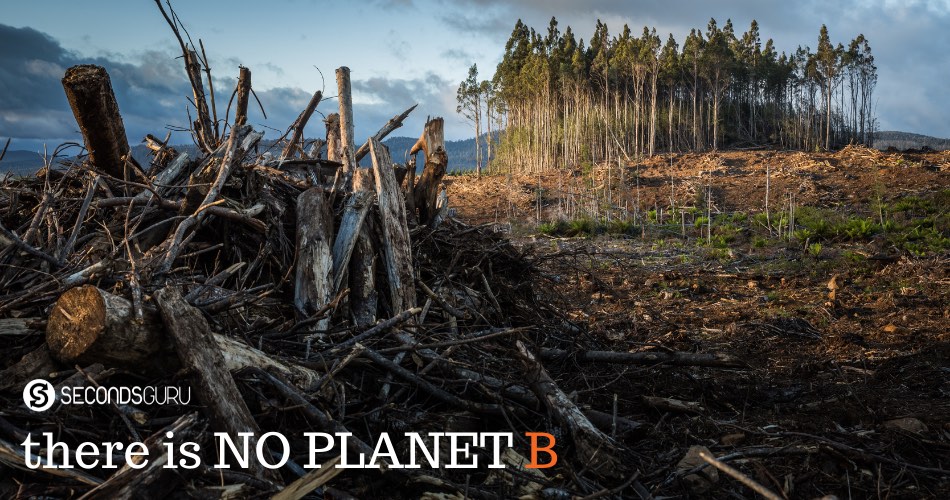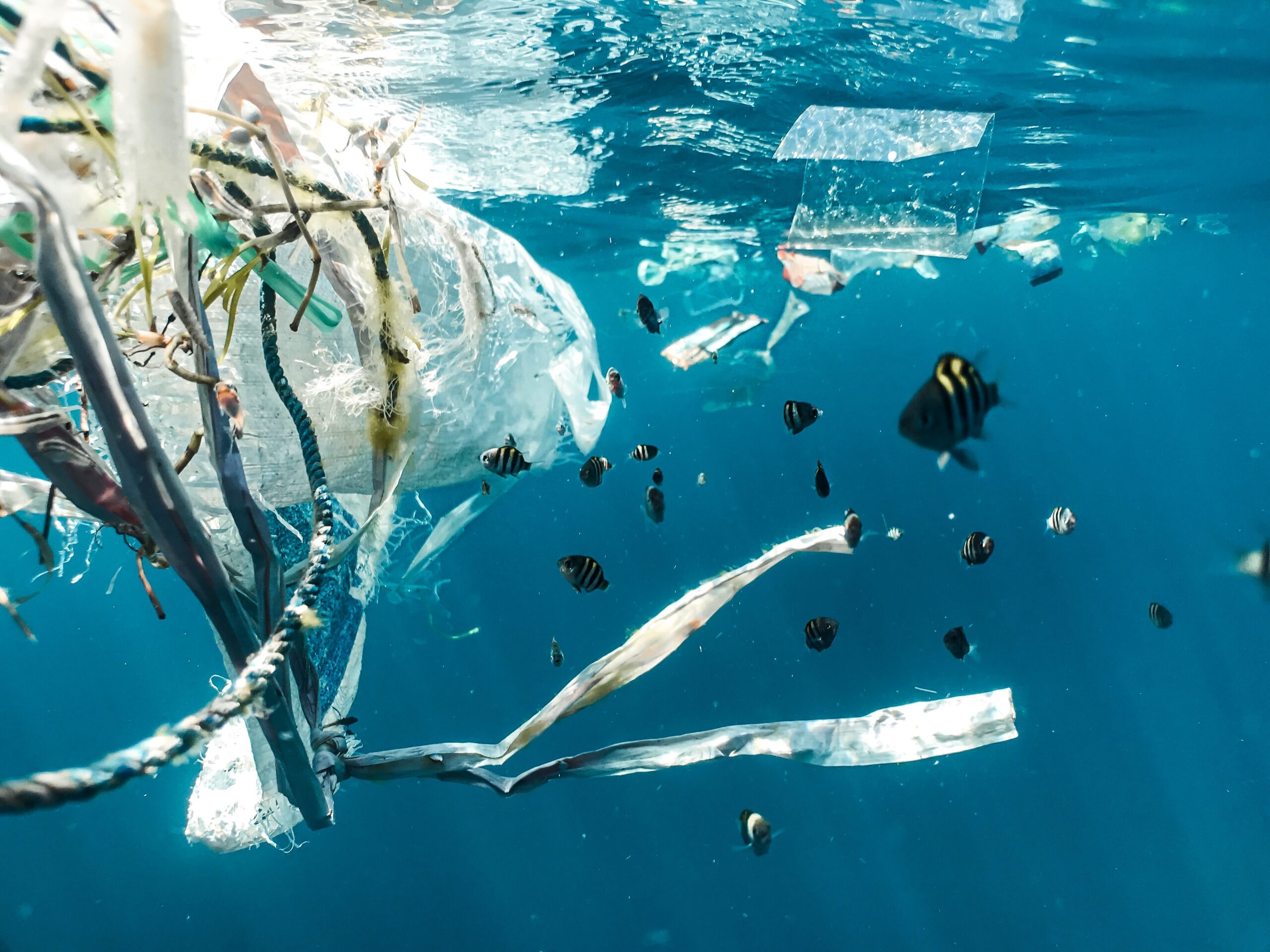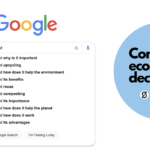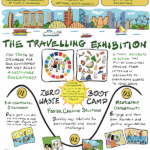Published 3 February 2022 ● Last Updated on 3 February 2022
In our quest to create an ideal world for ourselves, where homes are aplenty, work is abundant, and food is cheap, we have become the apex predators of the wild. Our ‘anthropogenic pressure’ on the environment where forests are turned to cities, lakes filled up for parking spaces, and oceans are plundered for food, has put an enormous strain on the biodiversity of the planet. The human-animal conflict has been going on from the beginning of time, however in the race to thrive humans have the winning hand over animals leading to a glaring inequity in the way we inhabit the earth. Human encroachment has had a devastating effect on species and it is coming back to haunt us.
Is encroachment the new colonialism?
By definition, the term encroachment stands for ‘the spread of humans, transportation systems, utilities, buildings, and other development into natural areas.’ Encroachment onto lands occupied by wildlife leads to a loss of habitat or changes in the natural ecology for plants, animals, fish, and others that live in the area.
Over the years, human encroachment has led to an increasingly alarming situation where animals that were previously the original inhabitants have now been pushed into extinction. In the documentary ‘Our Planet’, Sir David Attenborough narrates the decline of the wild. He highlights that in 1937 the wilderness in the world was 66%; in 1954 it dropped to 64% and by 1978 it was at 55%. With the digital revolution of 1997 wilderness was reduced to 46% and by 2020 it came down to 35%. This alarming rate of human encroachment on animal habitat has resulted in a depletion of resources for wildlife to survive. Human-wildlife conflicts have become commonplace as natural habitats have disappeared owing to commercialisation of forest land.

The weight of our existence
According to data available, us humans and the livestock we raise to eat account for 96% of global mammal biomass. Wild land mammals make up just 4%. These figures alone tell the story of how humans have expanded and literally conquered the land and the seas. As our grows it is inevitable that the stress of sustenance will be borne by other species that inhabit the earth.

Let’s have a look at some of the concerns and possible solutions that can be implemented to make co-existence of humans and wildlife less exploitative and more regenerative.
Prevent the pandemics
Close interaction with animals due to increasing human-wildlife contact can have serious consequences because when we interact more directly with wildlife, we also interact more closely with the diseases they carry. A case in point is the COVID-19 pandemic that was spread from a wildlife market. Earlier, it was SARS that spread from animals to humans. Scientists believe that as we infringe on forest habitats, diversity of species declines. According to studies, species richness and evenness have a dilution effect on disease within a host community. This makes it less potent and unlikely to be transferred to human beings. Therefore, it is imperative that we protect the biodiversity around us.
Fish for change
Climate activists have been raising red flags for many years on how extensive commercialisation of our marine resources is causing severe issues with climate. Bottom Trawling is one such example where heavy fishing nets being dragged on the ocean floor have led to the depletion of the marine sediments that are our biggest carbon sinks. It is believed that the fishing and trawling industry is responsible for the release of 1 gigatons of carbon dioxide into the atmosphere per year, which is as much as the aviation industry.

Conserve and replenish
As per conservationists, report National Geographic, at least 30% of the land and oceans must be protected by 2030 to save our future. This 30X30 goal may sound audacious given how contrary it is to current trends – but it is necessary to disrupt the ongoing plunder of biodiverse habitats. The logic behind it is fairly simple: when habitats are protected, nature heals and replenishes. The movement essentially calls on world leaders to ally with other governments, organisations, and the indigenous people, and ensure that community-led conservation practices are strengthened along with strong policy measures to ensure that protected areas revive and retain their rich biodiversity.
A study delving into the climate impacts of trawling globally – Protecting the global ocean for biodiversity, food, and climate – provides a blueprint outlining which areas of the ocean should be protected to safeguard marine life, boost seafood production, and reduce climate emissions. Noting that only 7% of the ocean is under some kind of protection, the authors make a case for identifying strategic areas for stewardship – for example, regions with large-scale industrial fishing and major economic exclusion zones or marine territories – so that nations reap “significant benefits” for climate, food, and biodiversity. They stress that protecting “strategic” ocean areas could produce 8m tonnes of seafood.
In a show of agreement, Portugal recently announced that it would be creating the largest marine protected area in Europe around the Selvagens Islands. This landmark move protects 2,677 square kilometers (approximately 1,034 square miles) of marine life and seabirds that inhabit the volcanic islands.

Mitigate the stress of rising populations
According to the United Nations, the world’s population is expected to increase by 2 billion persons in the next 30 years, from 7.7 billion currently to 9.7 billion in 2050 and could peak at nearly 11 billion around 2100. If we were to assess the pressure (food, shelter, workspace, etc) this would put on the environment to sustain this growth then there is no doubt that the loss to other species would be staggering. As cities expand, grasslands will shrink leading to unprecedented environmental catastrophe. Even at current population levels, forests are under stress: in fact, over 70% of the Amazon is at risk of wildfires because of unrelenting deforestation.
In order to protect other species and in turn our own health and the health of the planet, measures such as Sustainable land Management (SLM) will play a key role in keeping the balance between humans and animals. SLM is defined as a knowledge-based procedure that helps integrate land, water, biodiversity, and environmental management (including input and output externalities) to meet rising food and fiber demands while sustaining ecosystem services and livelihoods. Researchers have suggested that efforts to improve sustainable land management in the area could provide the best method of defence over the coming decades.
Protect people and planet – strategizing through UN Sustainable Development Goals
In 2015 the United Nations adopted the Sustainable Development Goals (SDGs), also known as the Global Goals, as a universal call to action to end poverty, protect the planet, and ensure that by 2030 all people enjoy peace and prosperity. Among the 17 goals set out, three of the goals directly address the issue of human-animal conflict and the need to address that in a way that benefits both.
Climate Action – UN SDG 13 calls on nations to “Take urgent action to combat climate change and its impacts”.
Life under water, the UN SDG 14 iterates the need to “sustainably use the oceans, seas and marine resources for sustainable development”.
Life on Land, the UN SDG 15 outlines the need to promote “sustainable use of terrestrial ecosystems, sustainably manage forests, combat desertification, and halt and reverse land degradation and halt biodiversity loss”.
Live and let live – An urgent need for reflection and action
Deforestation, logging, mining, fishing, and agriculture – activities that sustain human life on earth are having an adverse effect on other species. The need to respect protected areas, to establish green zones where the integrity of the environment is not altered is critical at this juncture. As we stretch more and more and our cities get larger, we need to stop and think – we are not alone on this planet and for the human race to thrive, maintaining and preserving wildlife and biodiversity is essential.
Related Articles:
Wildlife tourism | 6 Warning signs to watch out for on a safari



0 Comments